Many children struggle with everyday activities like getting dressed, eating or going to school. Sensory processing disorders (SPD) can turn these seemingly simple tasks into overwhelming obstacles. It may feel daunting to navigate your child’s sensory needs. Occupational therapy can make a huge difference for families facing SPD.
Understanding Sensory Processing Disorders
Sensory processing disorders are conditions in which the brain has difficulty receiving and responding to information that comes through the senses. These sensory inputs can include touch, taste, smell, sight, sound and movement. Children with SPD may be over- or under-sensitive to sensory input, making them prone to meltdowns or withdrawal. This overload or inability to process sensory input can make the world an overwhelming place for them.

How Occupational Therapy Can Help
Occupational therapists specialize in helping people with sensory processing disorders through a holistic, child-centered approach. They focus on improving a child's ability to participate in everyday activities by addressing underlying sensory challenges. Here are some interventions that OTs use to make a difference.
1. Evaluation and Assessment
OTs start by evaluating an individual's sensory processing abilities. They work closely with the child and their family to understand specific sensory challenges, triggers and coping strategies. Initial assessments are comprehensive evaluations, often relying on teacher and caregiver observations to get the fullest picture. Then the OT will score a child’s sensory processing, movement patterns and visual skills. These assessments are crucial in developing a personalized therapy plan.
2. Sensory Integration Therapy
After analyzing the results of the assessment, a trained OT will use a structured approach with the child to integrate various sensory experiences. This can help them become more comfortable with previously challenging sensations. For example, if a child struggles with motor planning (praxis), the therapist might give them a series of movement challenges that get increasingly more difficult. Kids who fidget and can’t sit still might need a Wiggle Cushion, weighted lap pad or other fidget tool to help them settle and focus.
3. Creating a Sensory Diet
A sensory diet is a structured sequence of activities and strategies designed to regulate sensory input. OTs tailor a sensory diet to each child’s specific needs based on their evaluation. It may include 10 minutes of Space Explorer play first thing in the morning or a 30 minute calming routine before bed. The goal of a sensory diet is to help kids better manage their responses to their environment.
4. Building Self-Regulation Skills
OTs work with individuals to develop coping strategies for sensory overload or sensory-seeking behaviors. Through identifying and naming emotions they help patients learn to self-regulate and manage their sensory experiences, which can lead to increased comfort and engagement in everyday activities. For example, if a child is able to tell you that he is feeling upset at all the noise in the room, you can lead him to use noise canceling headphones. Allowing him to address his sensory needs effectively will make a big difference in his day.
5. Environmental Adaptations
Sometimes a child needs their environment modified to accommodate their sensory needs. OTs can work with you to get tools for a sensory space. If bright fluorescent lights are overstimulating, then Light Covers are great to adjust the light in the room. Children with noise sensitivity often benefit from a pair of Noise Reduction Headphones; you can use Felt Right Tiles in your child’s room to keep noise levels down all the time.
6. Collaborating with Families and Caregivers
Consistency is integral to a child’s development. OTs work closely with caregivers to ensure a continuation of support and strategies for your child, whether they are in school or at home. This collaboration enables an OTto put together the most complete picture of the child’s needs and preferences so that they can provide you with relevant resources.
7. Progress Tracking
Regular assessments and check-ins allow OTs to fine-tune their approach, ensuring it aligns with your child's evolving needs. This fosters a collaborative environment where milestones are celebrated, challenges are addressed and progress becomes a shared triumph. This commitment to your child's success is a cornerstone of occupational therapy.
Occupational therapy can be a game-changer for children with sensory processing disorders. If your child is facing challenges related to sensory processing, don't hesitate to reach out to an occupational therapist. With their expertise and care, your child can learn to navigate the world with confidence and joy.
Watch our Sensory Coach series to learn more about sensory processing disorders and how occupational therapists can help.


















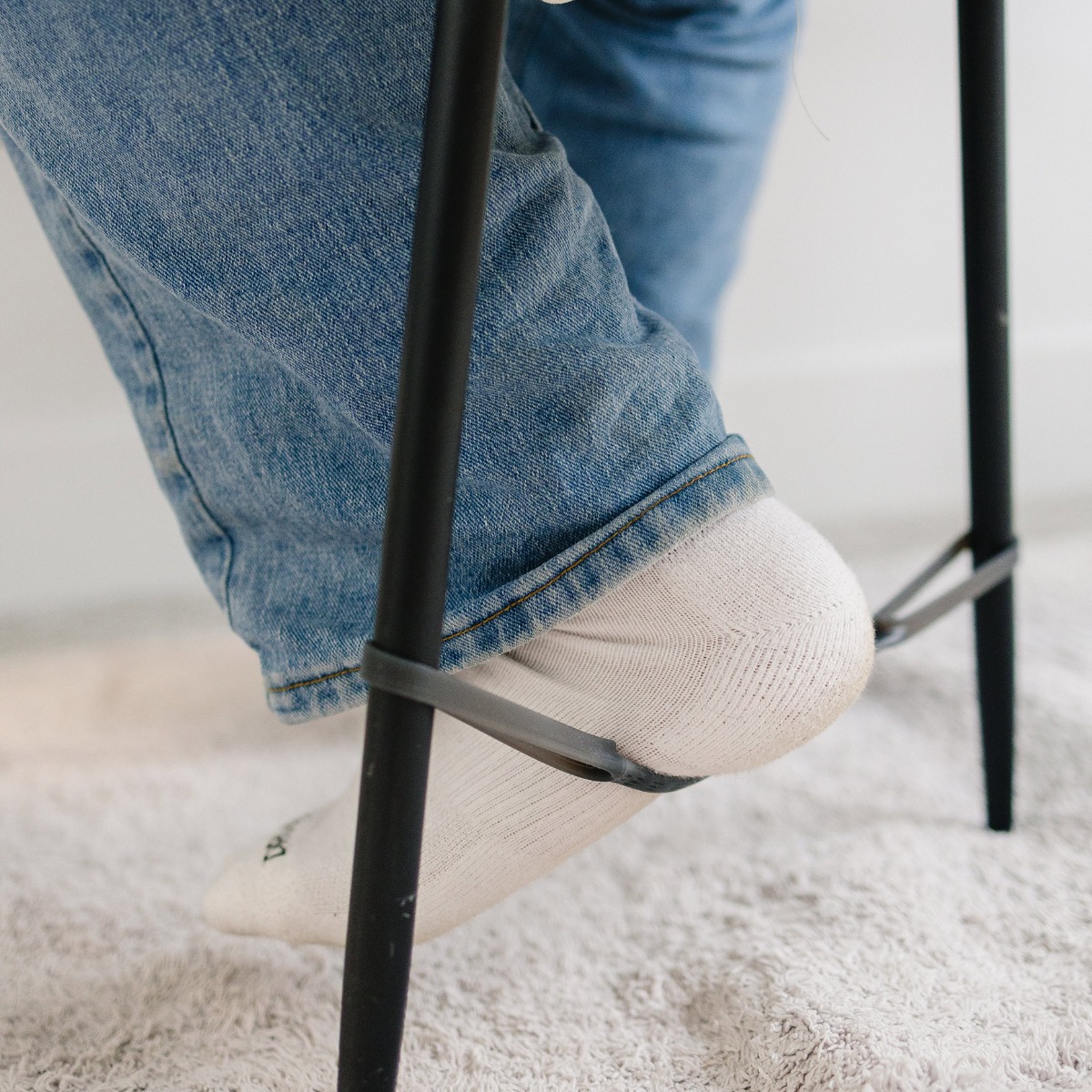
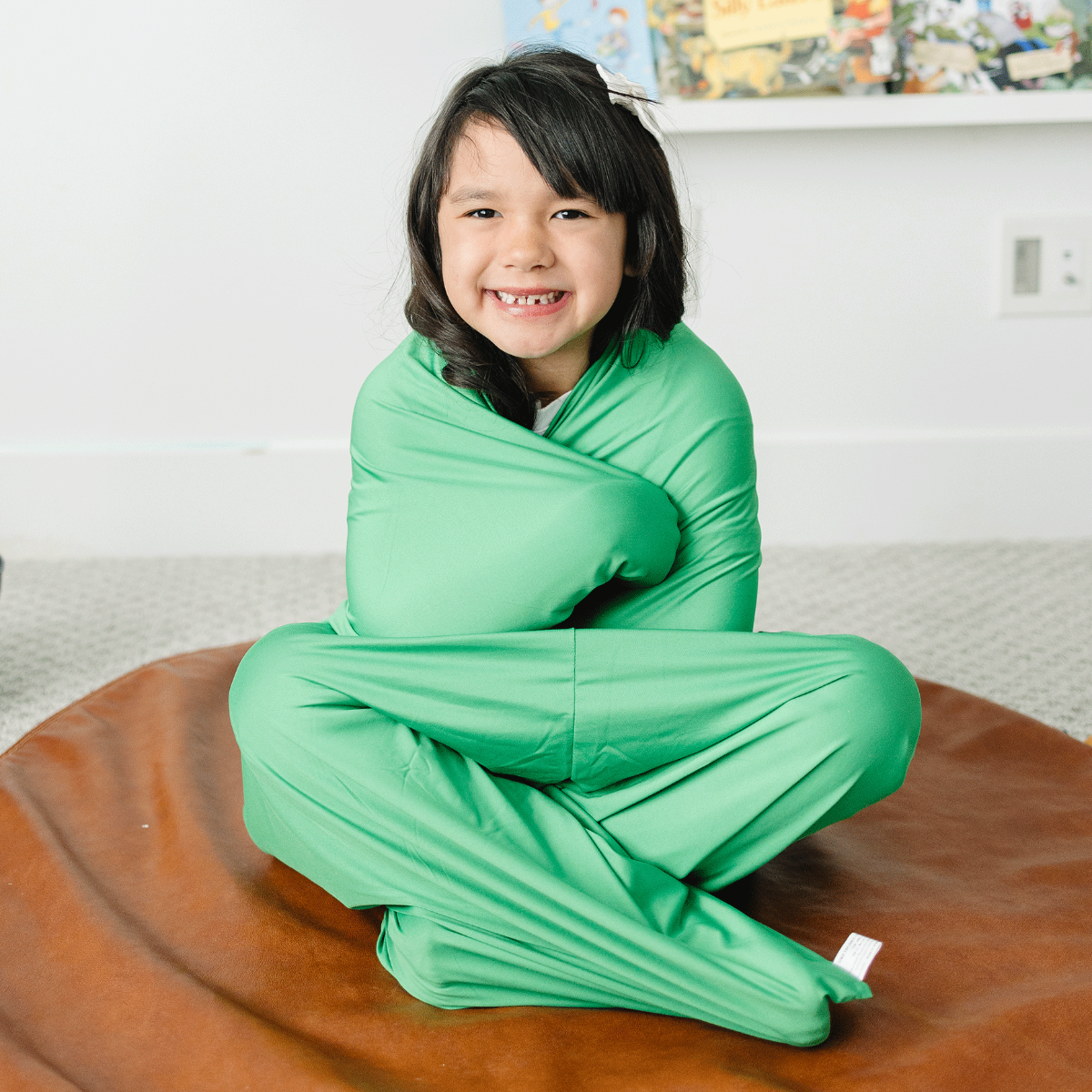

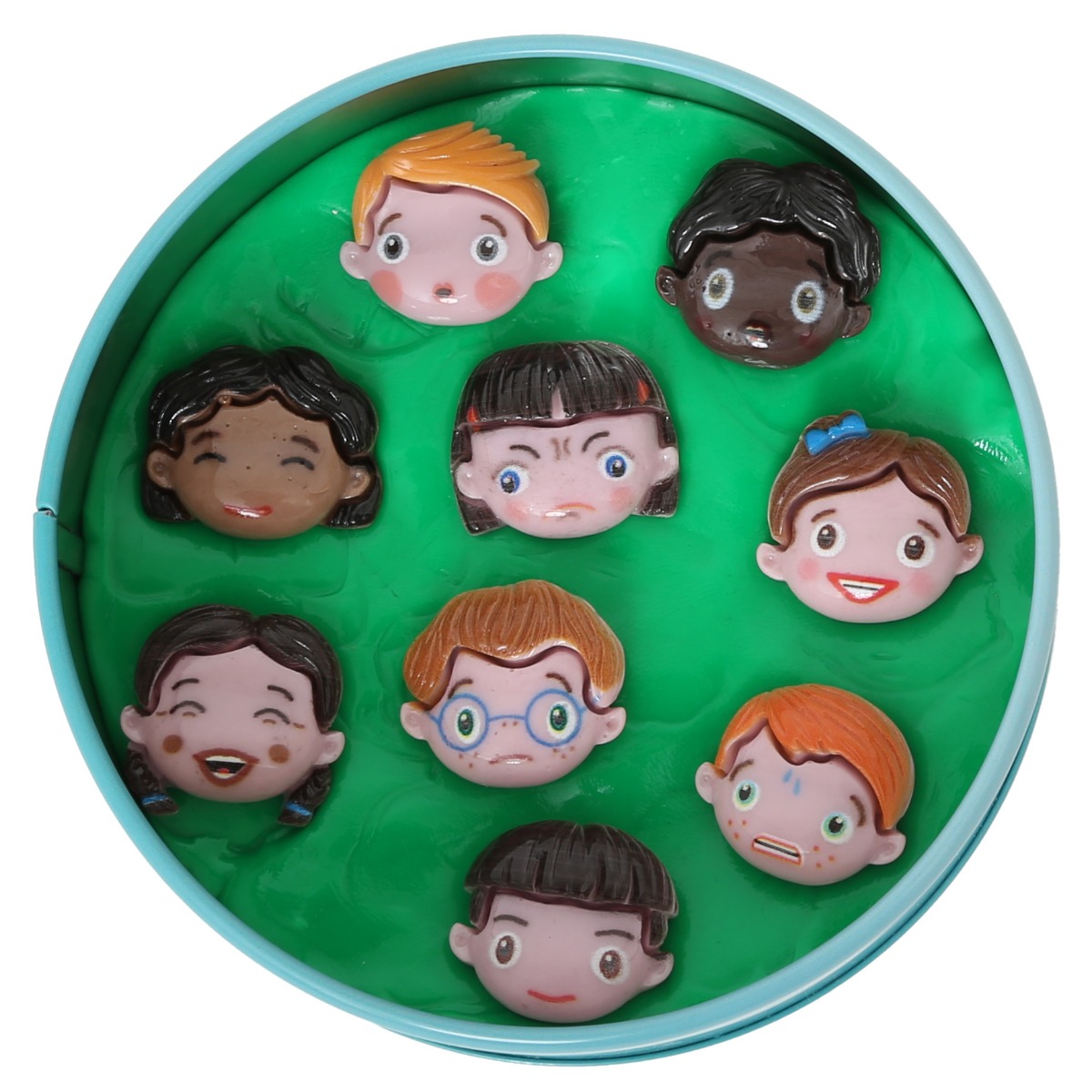
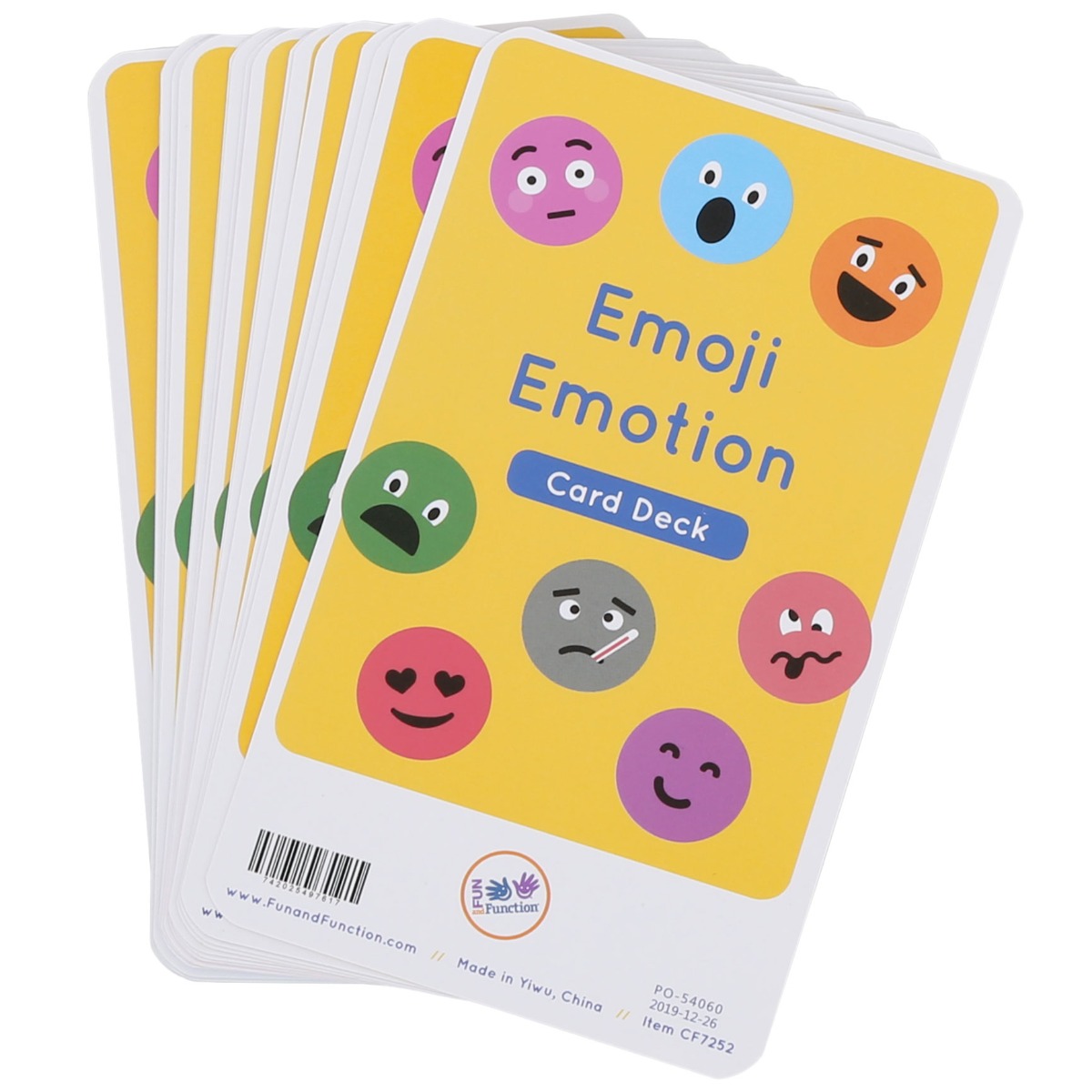
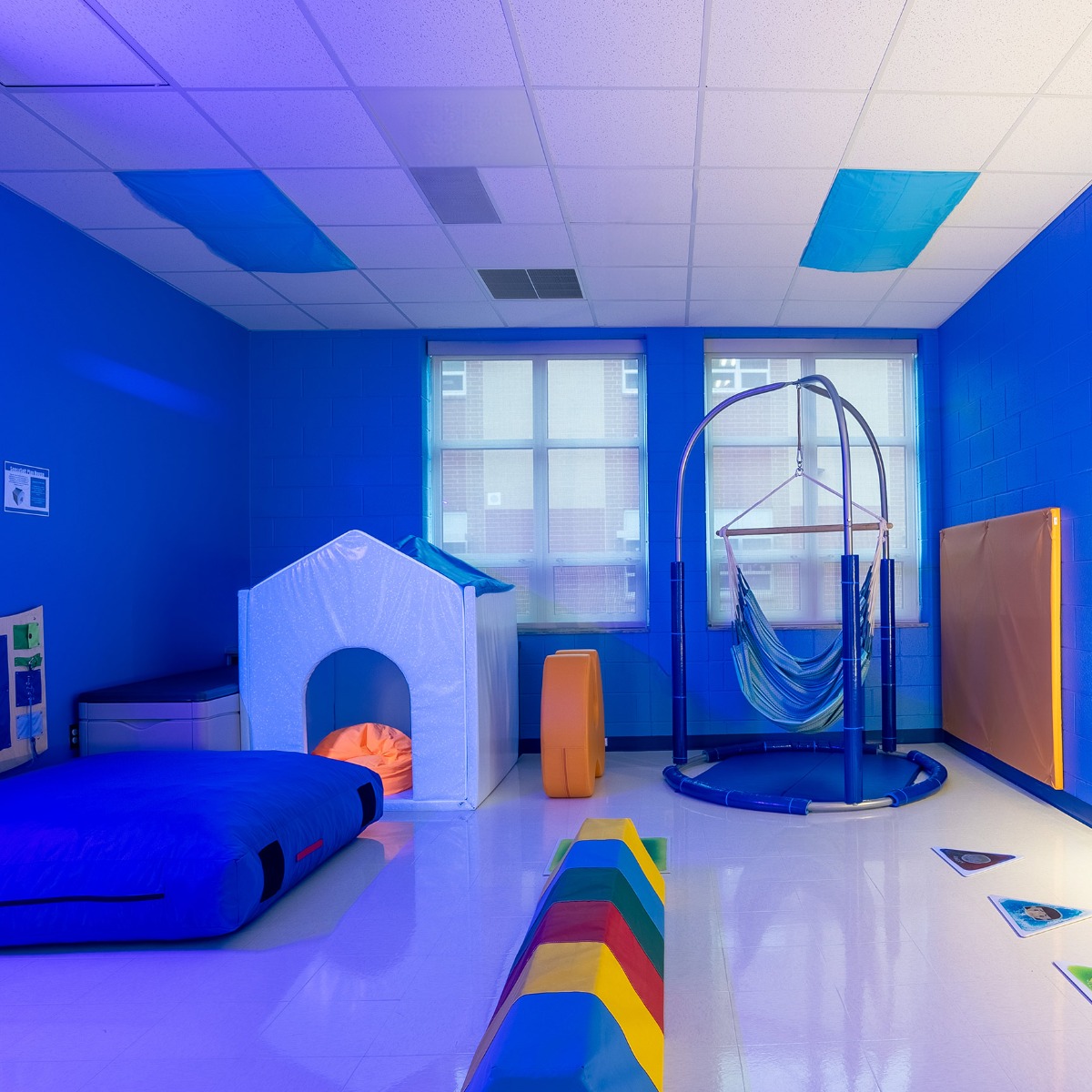






Comments